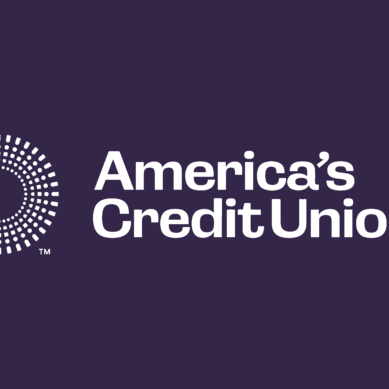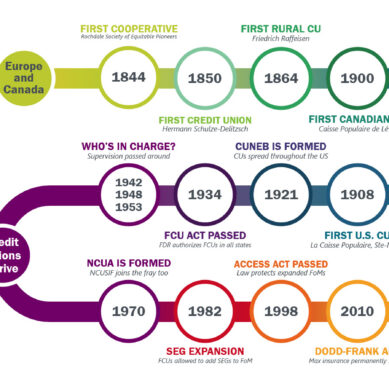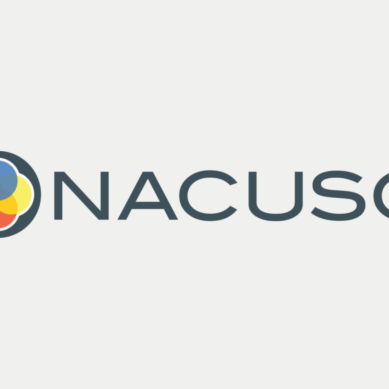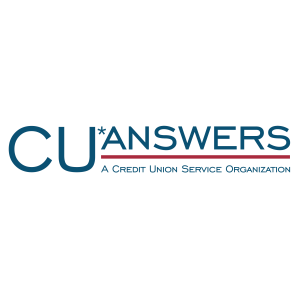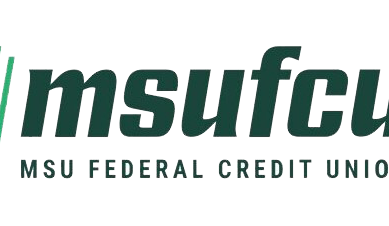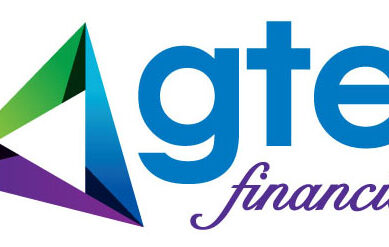Effective cash management (a component of the credit union’s ALM strategy) involves a diversified funding strategy that balances member deposits, wholesale funding sources, actively manages liquidity risk, and explores diverse revenue streams. A credit union’s cash flow projection should consider both normal conditions and stressed conditions to anticipate liquidity needs and shortfalls. Other strategies include diversifying funding sources and utilizing investment portfolios.
As part of the budgeting process, credit unions should prepare a Cash Flow Projection. This report projects incoming and outgoing cash to anticipate future cash requirements. It will assist with allocating resources effectively and setting financial goals. Including this as part of the budget provides information to management regarding cash needs for future planning.
Member deposits
Attracting and retaining deposits means a credit union must understand the factors that impact deposit growth within its market. Offering competitive deposit products, such as high-yield savings accounts, money market accounts, and remote deposit capture, persuades members to keep funds in the credit union. These features can also help expand membership, which will grow deposits.
Building strong member relationships and implementing features such as online and mobile banking (making it easier for members to access and manage their accounts) can also aid in retaining deposits and growing membership.
Funding sources
Diversifying funding sources includes things like offering a variety of deposit products, providing competitive interest rates, using wholesale funding sources, loan participation programs, and establishing other revenue streams.
Credit unions can access funding from various sources, such as Federal Home Loan Banks. FHLBs provide funding to eligible financial institutions that is both reliable and predictable. Loan participation programs can help diversify loan portfolios. Credit unions can buy and sell portions of loans to help manage interest rates and credit risks.
Non-interest revenue streams
Other revenue streams (non-interest income) can help a credit union diversify revenue, such as things like premium banking services, which can consist of tiered services with conveniences and exclusivity to attract members. Fee-based services, such as skip-a-pay promotions, can generate additional income while providing benefits to members. Another option is offering instant payments, which can be fee-driven. All these options are geared to meet the ever-evolving member demands.
Managing cash flow
Today’s technology can also help credit unions with cash flow management. Automated cash flow software, credit analysis software, financial management platforms, treasury management systems, and even AI can help automate and analyze data to identify cash flow patterns.
By implementing these strategies, credit unions can strengthen their financial stability and meet the evolving needs of their members.







